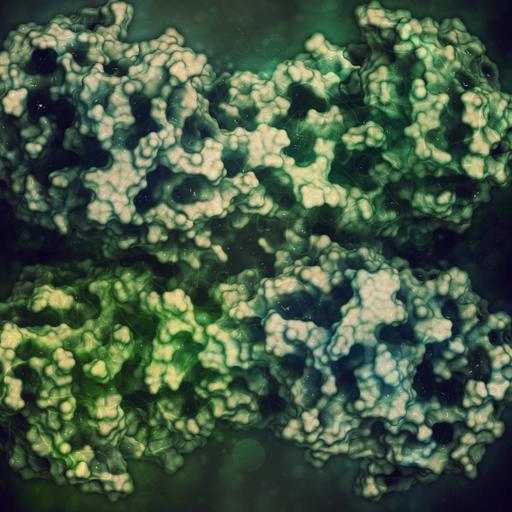Pentose Phosphate Pathway
Presentations | English
Ever wondered how cholesterol and ketone diets influence our modern lifestyle. Well, the mechanics of these is quite an abstruse phenomenon to the common man. The process of formation of proteins from amino acids, cholesterol from fats etc. is technically called biosynthesis or more specifically reductive biosynthesis. Pentose Phosphate Pathway is the scientific pathway that helps ease this process by helping organisms meet the source of NADPH (nicotinamide adenine dinucleotide phosphate) which in turn fuels the reductive biosynthesis. The end product of this reaction will be the production of fatty acids, cholesterol, vitamins and other essential microelements in the human body. Pentose Phosphate Pathway is also known as the phosphogluconate pathway, the hexose monophosphate shunt and the HMP Shunt. It has 2 phases: the oxidative phase and the non-oxidative phase. The former stage producing the ribose 5-phosphate and the latter helping erythrocytes (red blood cells). This pathway is often dubbed as an alternative route for the oxidation of glucose or glucose metabolism. This pathway has also made its presence known in the field of diabetics and cancer. It helps to regulate cancer cell growth. It is inevitable in the smooth and proper functioning of the human body though it remains fairly invisible and in the dark. To get a deeper understanding of this mechanism please refer to the related presentation.

11.25
Lumens
PPTX (45 Slides)
Pentose Phosphate Pathway
Presentations | English
